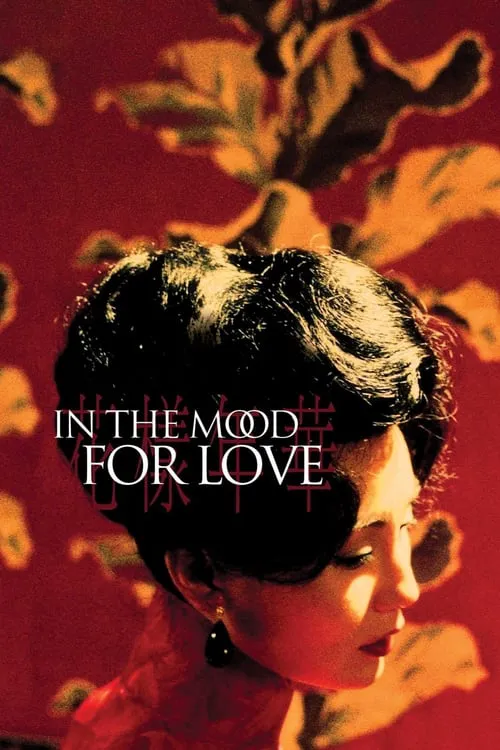In the Mood for Love

Plot
Set against the backdrop of 1962 Hong Kong, Wong Kar-wai's "In the Mood for Love" is a poignant and beautifully crafted tale of love, longing, and the complexities of human relationships. The film follows the story of Chow Mo-wan, a young magazine editor played by Tony Leung, and Su Li-zhen, a socialite and wife of a successful business owner, played by Maggie Cheung. At the beginning of the film, we are introduced to the confines of their two worlds, bound by the shared housing complex in the midst of Hong Kong's vibrant streets. The daily routine of Chow and Su, two young neighbors, appears to be nothing more than a formal acquaintance, with Su seen as a distant and enigmatic presence. However, their lives take a dramatic turn when they encounter each other at a restaurant, which serves as a catalyst for a chain of events that unfolds throughout the narrative. Chow and Su's lives begin to intersect as their paths cross more frequently at their apartment complex. As they grow closer, they begin to confide in each other, and their conversations gradually reveal a deep-seated sense of emptiness and disconnection. It becomes apparent that both Chow and Su have reason to suspect their spouses of infidelity. Chow's suspicions revolve around his wife, So-lan, while Su suspects her husband, Bhau, who is more consumed by her wealthy lifestyle. As they share their suspicions with each other, they unwittingly form a strong bond, built on mutual understanding and shared emotions. Their chance encounters, often filled with tender moments, also indicate their deep-felt longing for human connection. These captivating moments breathe new life into a narrative that may otherwise seem claustrophobic. Through these encounters, Chow and Su unwittingly begin a romance, which evolves from stilted conversations to charged interactions that transcend platitudes. The essence of their relationship cannot be expressed in words; instead, it becomes an overwhelming wave of feelings that ebbs and flows with each new day. Wong Kar-wai skillfully captures the turbulent emotions and stunted desires of both Chow and Su. His cinematography transports viewers into a world where old Hong Kong architecture seems to melt away into the smoky veil of ambiguity. The scene where Mr. Fong, Su's friend, sets Su free to express her true feelings creates such melancholy in Chow that a glimpse of tender kindness within Chow shows faintly in the film's fleeting moments, giving the audience a chance to relate with the quiet sadness that pervades their everyday lives. The quiet beauty in the cinematography resonates throughout the film and sensitively portrays a Hong Kong consumed by the changes brought forth by socialism and cultural urbanization. The film is portrayed predominantly through natural lighting techniques and simple color palettes, a minimalistic setting that amplifies its narrative authenticity. Furthermore, its portrayal through an intense form of aesthetic beauty portrays the nostalgia and vulnerability reflected in both of the characters' love lives. The iconic love story unfolds cautiously as a hesitant dance between the hearts of Chow and Su. Their fleeting glances give a deeper insight into the desperation and quiet anguish that is embedded in their own inner worlds. Wong Kar-wai masterfully crafts this bond between two characters, exploring the depths of longing, hurt, and personal sacrifice in his visual essays on love. In "In the Mood for Love," the stark contrast between sincerity and deception serves as the narrative's compass. This contrast is beautifully contrasted with its juxtaposition with reality. The life of these two wandering souls exists in a state of 'possibility' rather than certainty. The narrative further emphasizes their despair-filled emotional struggles with these contrasts through scenes that sometimes border on the senseless. This captivating tale ultimately presents the pain of lost potential – a condition of yearning that permeates the essence of both Chow's and Su's fragile existence. A testament to the relentless pursuit of true love, Wong Kar-wai's "In the Mood for Love" paints a filmic tapestry woven around hope, tragic twists, and profound emotional connections. Through this alluring exploration, the Hong Kong filmmaker creates an timeless and soulful masterpiece that beautifully preserves life's fleeting emotions and silently tells its quietly profound story of long-lost possibilities.
Reviews
Recommendations




